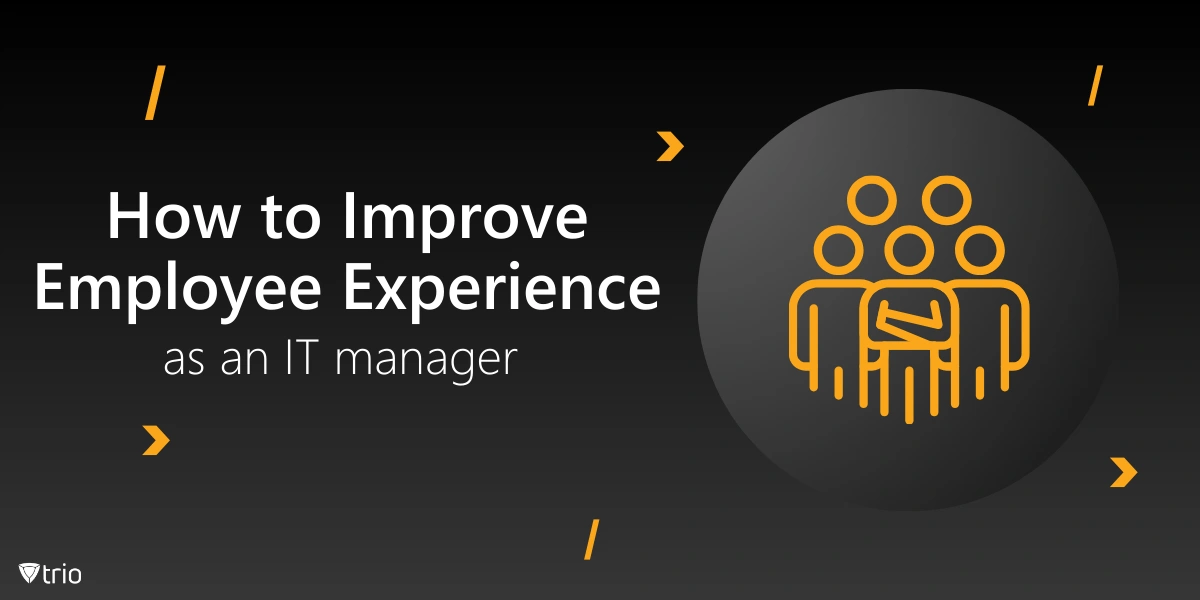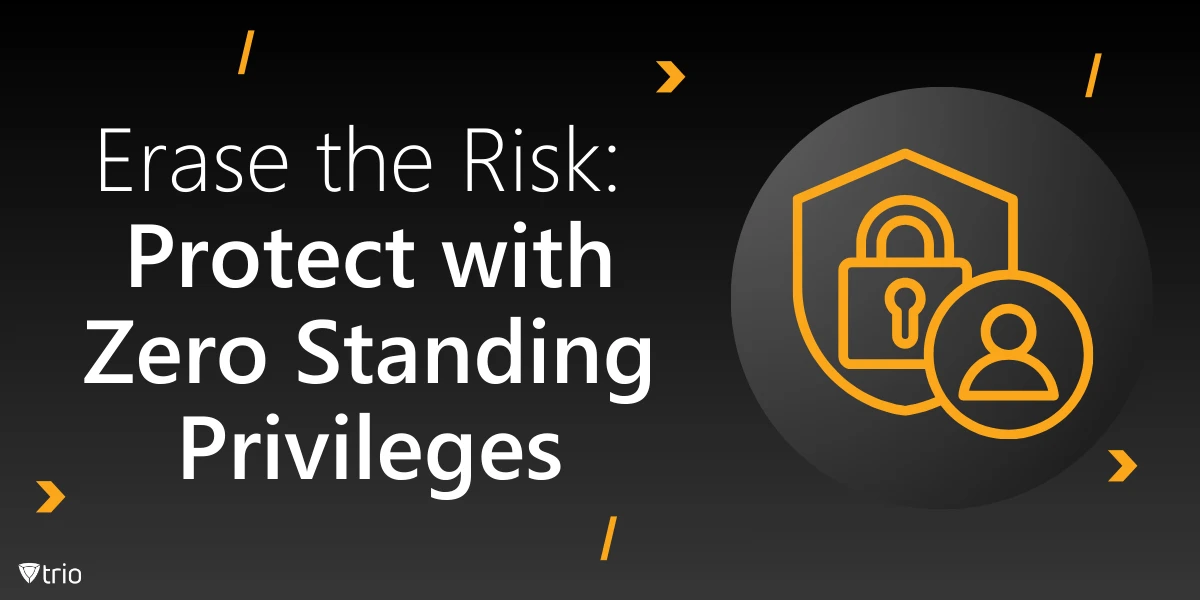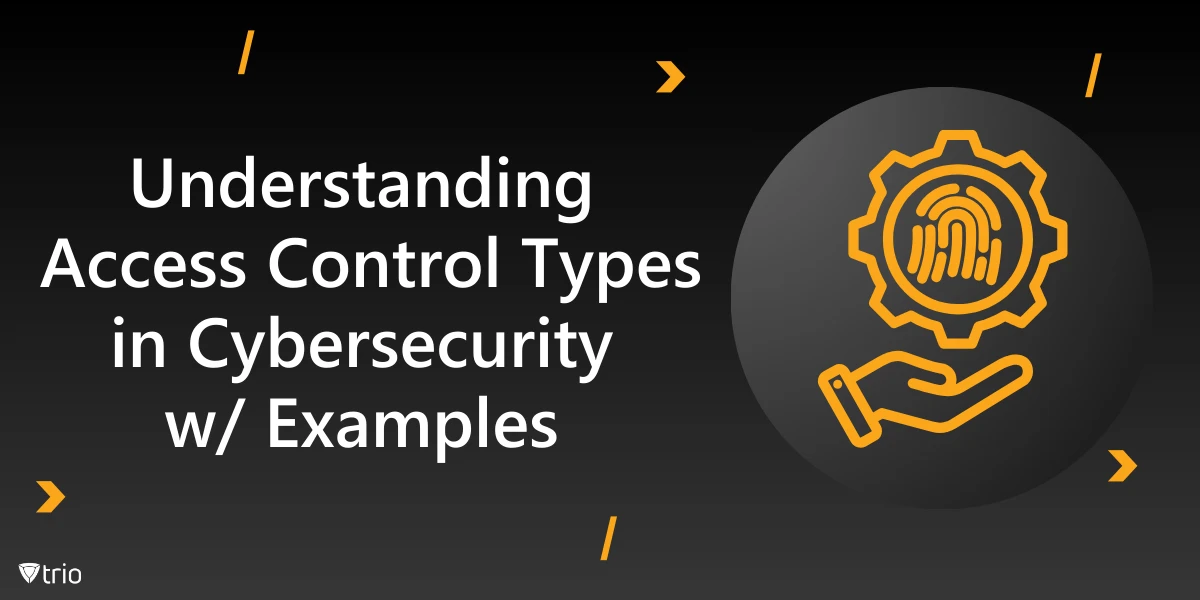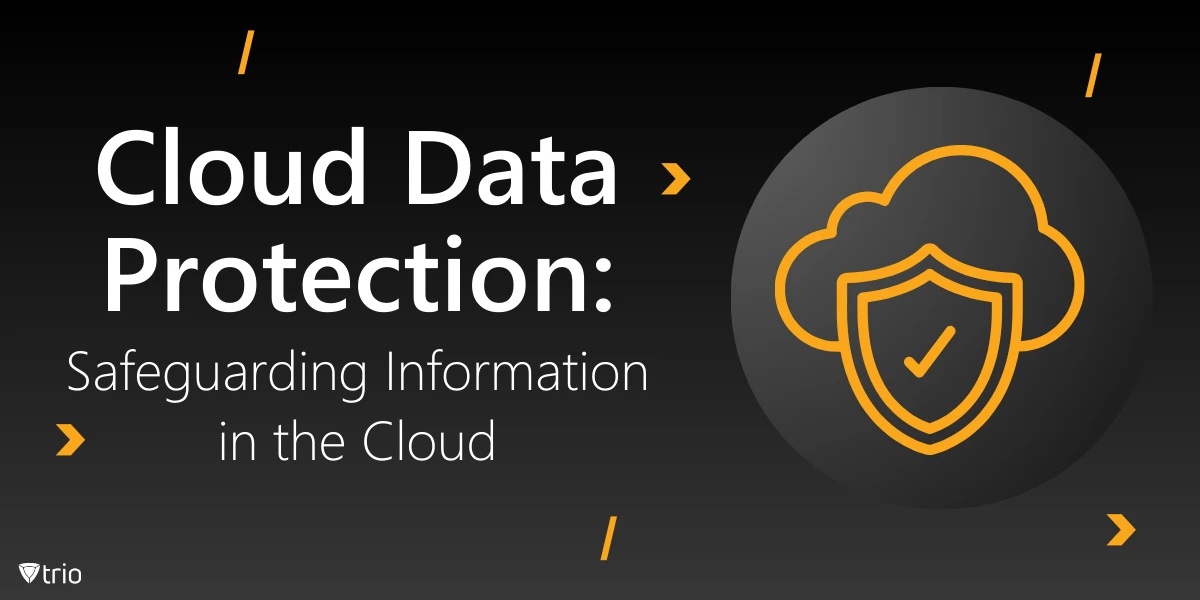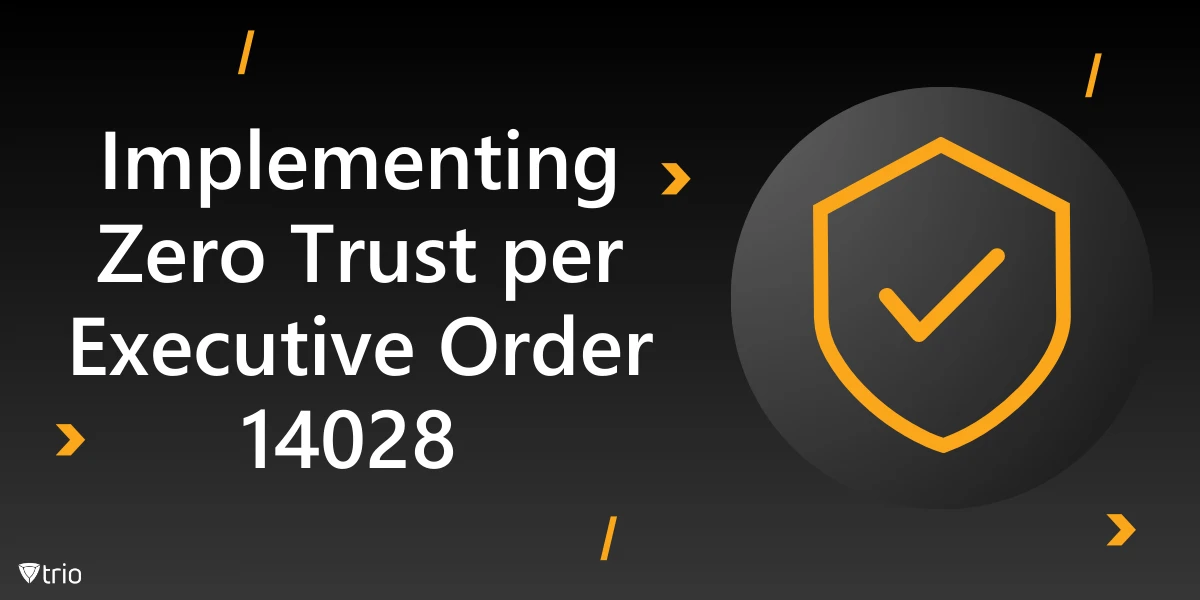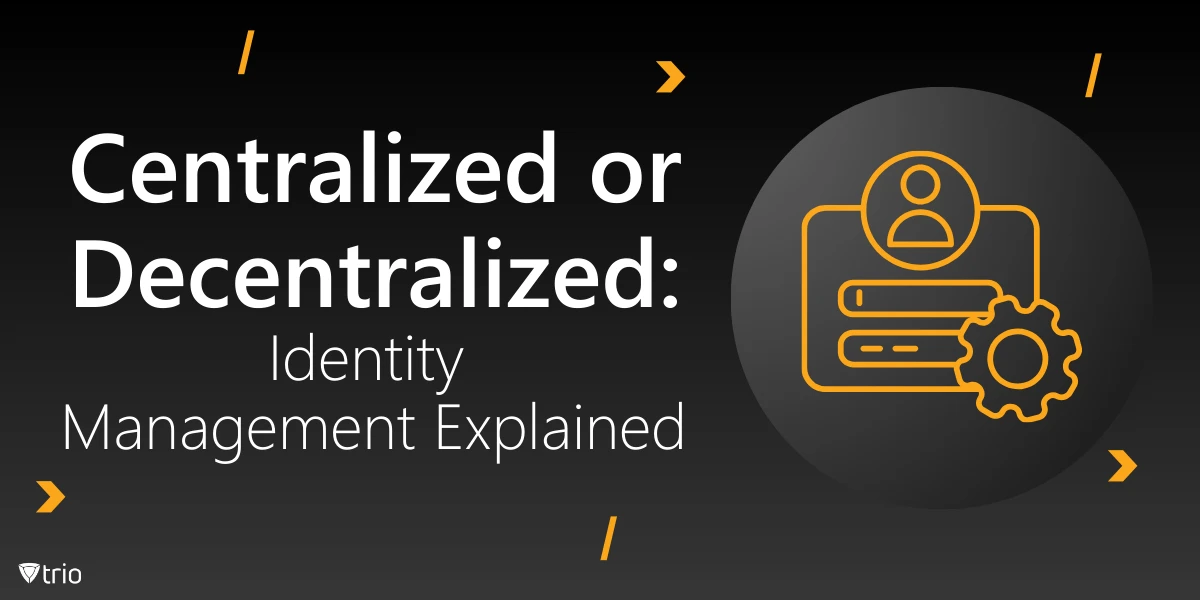Employee experience, once a buzzword, has evolved into a strategic imperative for organizations seeking to thrive. It includes more than just job satisfaction; it’s the sum of an employee’s journey, from recruitment to departure. As an IT manager, you play a pivotal role in shaping the employee experience. Your decisions about technology, infrastructure, and support directly impact employee satisfaction and productivity. This blog will delve into everything about employee experience, exploring various models that provide a framework for understanding and enhancing this critical aspect of business.
How Do We Define Employee Experience?
Employee experience encompasses the entire journey an individual has with an organization, from initial attraction to the company through their departure. It’s the sum of interactions, environments, and emotions that shape an employee’s perception of their time there. This experience is influenced by factors such as company culture, leadership, technology, work-life balance, and opportunities for growth.
What Is Workplace Experience?
Workplace experience refers to the day-to-day environment in which employees operate. It encompasses both the physical workspace and the cultural atmosphere. This includes elements such as office design, technology infrastructure, team dynamics, and company values. IT managers are instrumental in creating a positive workplace experience by ensuring reliable technology infrastructure, user-friendly systems, and efficient support services. A positive workplace experience contributes significantly to overall employee satisfaction and productivity.
How Do We Describe a Positive Employee Experience?
A positive employee experience is characterized by a sense of belonging, purpose, and fulfillment. Employees feel valued, supported, and challenged in their roles. It’s an environment where open communication, professional development, and work-life balance are prioritized. A positive experience fosters employee engagement, loyalty, and a strong connection to the company’s mission.
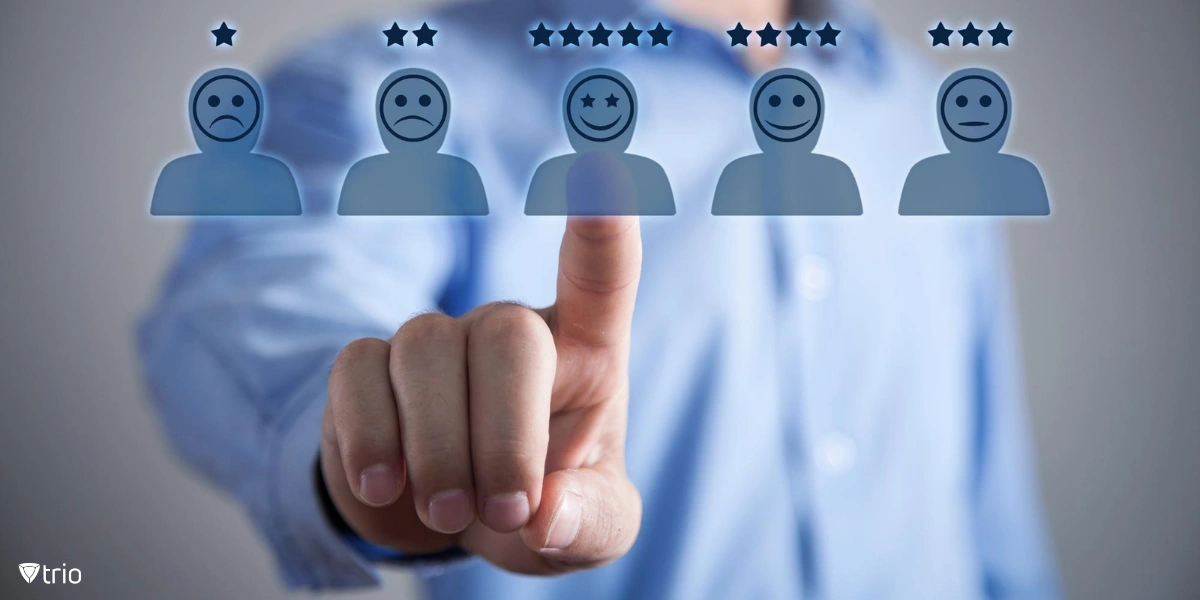
What Is an Employee Experience Model?
An employee experience model is a framework that outlines the key elements and touchpoints that influence an employee’s journey within an organization. It provides a structured approach to understanding, measuring, and improving the overall employee experience. By mapping out the employee lifecycle, from recruitment to departure, organizations can identify areas for enhancement and create strategies to foster a positive and engaging work environment.
Effective employee experience models help businesses:
- Prioritize employee needs: By understanding employee pain points and expectations, organizations can tailor their offerings accordingly.
- Enhance employee engagement: A positive employee experience drives higher levels of engagement, leading to increased productivity and job satisfaction.
- Boost retention: Employees who have a positive experience are more likely to stay with the company.
- Strengthen employer brand: A strong employee experience contributes to a positive employer brand, attracting top talent.
Common Employee Experience Models
While there are numerous employee experience models, some of the most widely used and effective ones include:
SEE-I Model
The SEE-I model breaks down the employee journey into four key stages:
- See: This stage focuses on the employee’s perception of the company and their role within it. It involves understanding employee expectations, values, and how they perceive the company culture.
- Experience: This stage encompasses the day-to-day interactions and experiences employees have within the organization. It includes factors such as workplace environment, relationships with colleagues, and interactions with leadership.
- Engage: This stage highlights the level of employee involvement and commitment. It involves creating opportunities for employees to contribute ideas, participate in decision-making, and feel a sense of ownership.
- Inspire: This final stage focuses on motivating and inspiring employees to reach their full potential. It involves recognizing and rewarding achievements, providing opportunities for growth and development, and fostering a sense of purpose.
IT managers can leverage the SEE-I model to identify technology-related factors influencing employee perception and experience.
Seven Pillars Model
The Seven Pillars Model outlines seven key elements that contribute to overall employee satisfaction and engagement:
- Leadership: Effective leadership is essential for creating a positive work environment and inspiring employees.
- Culture: A strong and inclusive company culture fosters a sense of belonging and shared values.
- Work Environment: The physical and psychological workspace significantly impacts employee well-being and productivity.
- Rewards and Recognition: Acknowledging and appreciating employee contributions is crucial for motivation and engagement.
- Communication: Open and transparent communication builds trust and keeps employees informed.
- Development: Opportunities for growth and learning enhance employee satisfaction and retention.
- Well-being: Prioritizing employee mental and physical health creates a supportive and caring workplace.
The Q12 Model
Developed by Gallup, the Q12 model identifies twelve key elements that contribute to a positive employee experience:
- I know what is expected of me at work.
- I have the materials and equipment I need to do my work right.
- At work, I have the opportunity to do what I do best every day.
- In the last seven days, I have received recognition or praise for doing good work.
- My supervisor, or someone at work, seems to care about me as a person.
- There is someone at work who encourages my development.
- At work, my opinions seem to count.
- The mission or purpose of my company makes me feel my job is important.
- My associates or fellow employees are committed to doing quality work.
- I have a best friend at work.
- In the last six months, someone at work has talked to me about my progress.
- This last year, I have had opportunities at work to learn and grow.
After recent research, they have updated the list with four employee needs:
- At work, I am treated with respect.
- My organization cares about my overall wellbeing.
- I have received meaningful feedback in the last week.
- My organization always delivers on the promise we make to customers.
The Total Rewards Model
Traditionally focused on compensation and benefits, the Total Rewards model has evolved to encompass a broader spectrum of employee value. It recognizes that employees seek more than just financial compensation; they also value non-monetary rewards and benefits. These can include:
- Compensation: Base pay, bonuses, commissions, and other financial incentives.
- Benefits: Healthcare, retirement plans, paid time off, and other perks.
- Work-life balance: Flexible work arrangements, family-friendly policies, and time-off benefits.
- Career development: Opportunities for training, education, and advancement.
- Recognition: Appreciation and acknowledgement of employee contributions.
- Job security: A sense of stability and confidence in the future.
By implementing and refining an employee experience model, organizations can create a workplace culture that fosters employee satisfaction, loyalty, and high performance.
What Theories Influence Employee Experience?
While there isn’t a specific “theory” of employee experience, several underlying theories and models have significantly impacted our understanding and approach to it.
Psychological Theories
- Maslow’s Hierarchy of Needs: This foundational theory suggests that employees are motivated by fulfilling basic needs (physiological, safety) before progressing to higher-level needs (belonging, esteem, self-actualization).
- Herzberg’s Two-Factor Theory: This theory distinguishes between hygiene factors (prevent dissatisfaction) and motivators (increase satisfaction).
- Expectancy Theory: Employees are motivated by the belief that their efforts will lead to good performance, which will be rewarded.
Organizational Behavior Theories
- Social Exchange Theory: Employees contribute to the organization based on the perceived rewards they receive.
- Equity Theory: Employees compare their inputs and outputs to those of others and adjust their behavior accordingly.
- Job Characteristics Model: This model focuses on how job design can influence employee motivation and satisfaction.
Other Relevant Frameworks
- Customer Experience (CX) Theories: Many principles from CX have been adapted for employee experience, emphasizing the importance of journey mapping and touchpoints.
- Design Thinking: This approach focuses on understanding employee needs and creating solutions to enhance their experience.
It’s important to note that these theories often overlap and complement each other. A comprehensive approach to employee experience considers a combination of these factors to create a positive and fulfilling workplace.
What Are the Stages of Employee Experience?
The stages of employee experience typically include:
- Recruitment: The initial stage where candidates interact with the company.
- Onboarding: The process of integrating new hires into the organization.
- Development: Continuous learning and growth opportunities.
- Engagement: Daily work life and interaction with the company culture.
- Retention: Efforts to keep employees satisfied and committed.
- Exit: The process when employees leave the organization, including offboarding and feedback collection.

What Is an Employee Experience Strategy?
An employee experience (EX) strategy is a plan designed to enhance the overall experience of employees within an organization. It encompasses all aspects of the employee journey, from recruitment and onboarding to development, performance management, and exit.
The goal of an EX strategy is to create a positive and engaging work environment that fosters employee satisfaction, productivity, and loyalty.
Key Components of an Employee Experience Strategy
A proper EX strategy typically includes the following elements:
- Employee Journey Mapping: Understanding the employee experience from the initial stages of recruitment to the final days of employment.
- Employer Branding: Creating a strong and compelling employer brand that aligns with the company’s values and culture.
- Onboarding: Designing a welcoming and informative onboarding process to help new hires feel valued and engaged.
- Employee Engagement: Implementing initiatives to boost employee morale, motivation, and commitment.
- Learning and Development: Providing opportunities for employees to grow and develop their skills.
- Performance Management: Establishing a fair and transparent performance evaluation system.
- Recognition and Rewards: Acknowledging and appreciating employee contributions.
- Well-being: Prioritizing employee mental and physical health.
- Workplace Culture: Fostering a positive and inclusive company culture.
- Technology: Leveraging technology to improve employee productivity and satisfaction.
How Can Employee Experience Be Optimized?
Optimizing employee experience involves regularly assessing and improving the touchpoints and interactions employees have with the organization.
To create a positive employee experience, organizations should focus on:
- Providing a clear and inspiring mission.
- Ensuring effective and transparent communication.
- Offering opportunities for career growth and development.
- Recognizing and rewarding employee contributions.
- Fostering a supportive and inclusive workplace culture.
- Ensuring work-life balance.
What Is an Employee Experience Tool?
An employee experience tool is any technology or software designed to enhance various aspects of the employee’s journey. This can include HR management systems, feedback platforms, communication tools, and employee engagement software. By using Trio’s MDM solution, IT admins can create a better employee experience by ensuring that employees have reliable access to the necessary devices and applications, boosting efficiency, and providing seamless support, thus reducing frustration and increasing productivity. Trio’s employee management feature specifically streamlines the onboarding and offboarding process, freeing up HR’s time and ensuring data security during offboarding. Try Trio’s free demo today!
Conclusion
Crafting an exceptional employee experience is no longer optional; it’s a competitive advantage. While there’s no one-size-fits-all solution, understanding and implementing these frameworks can significantly impact employee satisfaction and overall business success. By investing in employee experience, organizations are not just improving morale but also building a sustainable foundation for future growth. Crucially, by understanding employee experience models and leveraging the right tools, IT managers can significantly contribute to creating a positive and productive work environment. By combining a solid employee experience framework with advanced technology like Trio, organizations can create a workplace where employees thrive and contribute their best.
Meta Description:
Know about news
in your inbox
Our newsletter is the perfect way to stay informed about the latest updates,
features, and news related to our mobile device management software.
Subscribe today to stay in the know and get the most out of your mobile
devices with our MDM solution app.
Recent Posts
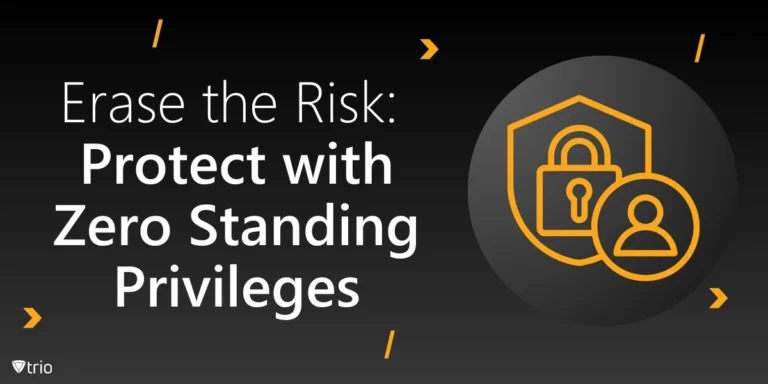
Erase the Risk: Protect with Zero Standing Privileges
Learn how zero standing privileges eliminate persistent access rights, enhance data security and reduce the risk of unauthorized access.
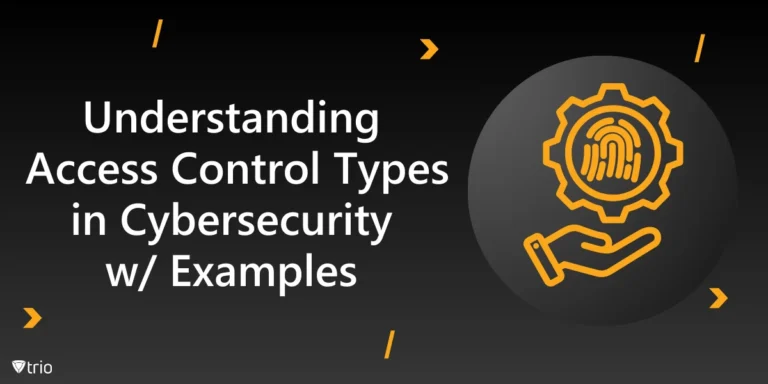
Understanding Access Control Types in Cybersecurity w/ Examples
Thorough understanding of access control types & the knowledge to make informed decisions about implementing security measures in your organization.
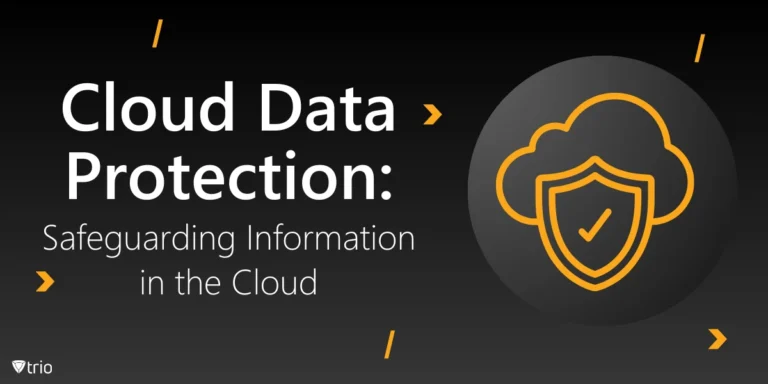
Cloud Data Protection: Safeguarding Information in the Cloud
Learn essential strategies for robust cloud data protection, exploring tools, best practices, and policies that safeguard sensitive information.
